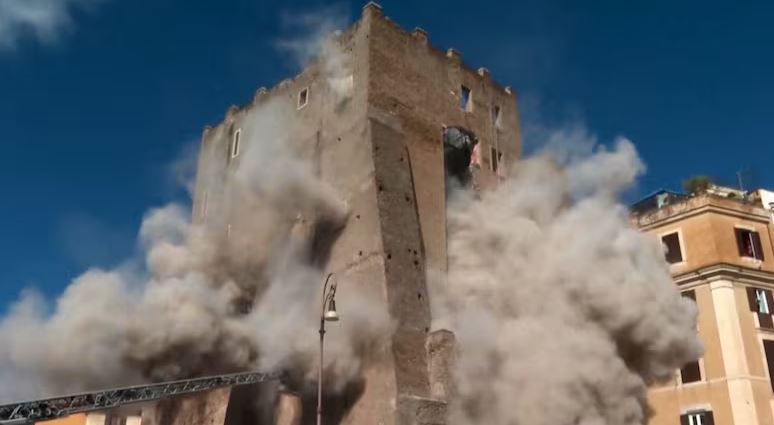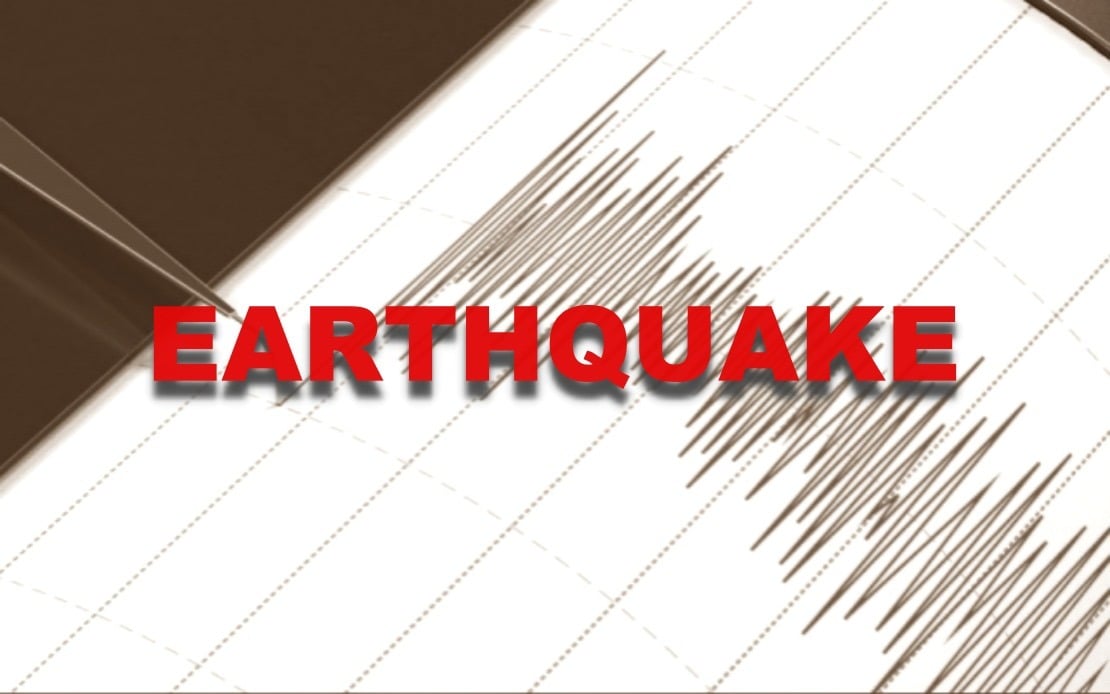NEW DELHI: Ladakh saw its deadliest violence in decades on Wednesday, as protests for statehood and Sixth Schedule protections spiralled into clashes that killed four and injured over 80, including police. Curfew was imposed in Leh after vehicles were torched and security forces fired teargas and live rounds.
Here are 10 key takeaways:
- Flashpoint: Hunger strikers hospitalised The unrest ignited when two long-time hunger strikers, Tsering Angchuk (72) and Tashi Dolma (60), were rushed to hospital in critical condition after 35 days of fasting. Their collapse triggered shutdown calls and youth mobilisations, turning solidarity marches into violent clashes by Wednesday morning.
- Core demands of protesters The agitation revolves around four key demands:
- Full statehood for Ladakh
- Extension of the Sixth Schedule for tribal and cultural safeguards
- Separate Lok Sabha seats for Leh and Kargil
- Employment reservations for locals Activists say Ladakh’s fragile ecology, land, and identity are at risk without these protections.
- Sonam Wangchuk calls off fast Climate activist Sonam Wangchuk, fasting since September 10, ended his protest as violence spread. Calling it Ladakh’s “saddest day,” he urged youth to desist from clashes: “If young lives are lost, my fast has no meaning.”
- Four killed, dozens injured Officials confirmed the deaths of four protesters aged between 19 and 46. Over 80 others were hurt, including 40 police personnel. Eyewitnesses reported lathi charges, teargas, and eventually live fire after crowds attacked BJP and government offices.
- Arson and destruction in Leh Mobs torched vehicles, the BJP office, Leh Hill Council premises, and a police vehicle. Smoke and flames engulfed parts of the town before curfew was declared. Authorities called it one of the darkest days in Ladakh’s recent history.
- Centre blames ‘provocative statements’ The Union home ministry claimed “politically motivated elements” stoked the unrest and warned against sharing misleading videos online. It highlighted ongoing talks with Ladakh groups and reaffirmed its commitment to “adequate constitutional safeguards.”
- Lt Governor alleges conspiracy Lt Governor Kavinder Gupta labelled the violence a conspiracy to destabilise Ladakh, comparing it to uprisings abroad. While promising accountability for agitators, he appealed to youth to restore calm.
- Political blame game The BJP accused Congress of orchestrating the protests, dubbing them a “Gen Z revolution in disguise.” Congress countered that the Modi government had failed Ladakh by stalling dialogue. Omar Abdullah said the crisis symbolised wider discontent over the denial of statehood across J&K.
- Dialogue stalled, frustration rising Since Ladakh became a Union Territory in 2019, the Leh Apex Body (LAB) and Kargil Democratic Alliance (KDA) have pushed for safeguards. A High-Powered Committee was formed in 2023, but talks stalled after May. Protesters accused the Centre of dragging its feet, with the next meeting only due on October 6.
- What lies ahead With curfew and heavy security still in place, tensions remain high. Several injured are in critical condition, and rallies are banned without approval. Activists insist urgent talks are the only way to prevent further bloodshed.




